 With the iPad 2 coming out this week, it seemed like the perfect time to check out the latest iPad accordion apps. Believe it or not, this is actually a pretty active category — we found more than 25 apps for the iPad alone, and even more for the iPhone and iPod Touch.
With the iPad 2 coming out this week, it seemed like the perfect time to check out the latest iPad accordion apps. Believe it or not, this is actually a pretty active category — we found more than 25 apps for the iPad alone, and even more for the iPhone and iPod Touch.
While tapping your iPad is no substitute for playing a real accordion, it can be a handy learning tool. Imagine practicing a few scales while watching TV on the couch, or plugging in headphones and mastering a tune after the family has gone to bed. Plus, all of these apps are around $5 so (even after you factor in the cost of the iPad itself) they’re significantly cheaper than a real accordion. Here are a few we’ve tried:
Hohner Squeezebox
Wait, that Hohner? Yes, the world’s largest accordion maker now has a line of iPad apps that mimic their Corona Classic diatonic accordions. You can show or hide the names of the notes on the keyboard, tap on the bellows to alternate between “push” and “pull” mode, and even switch between wet and dry tuning. The app is treble only — no bass/chord buttons (although this isn’t a big loss for most diatonic players I know). The app comes in five key combinations — GCF, FB♭E♭, EAD, ADG, and B♭E♭A♭ — and there’s also a “mini” version for iPhone/iPod touch.
Michael Eskin, who developed the app for Hohner, has a number of other accordion-related apps available, including one-row Cajun/Zydeco accordion, two-row Melodeon, and Anglo Concertina.
Hohner Squeezebox $1.99
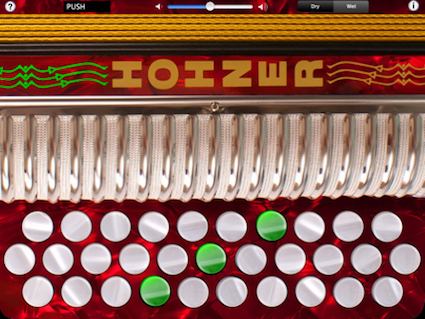 Hohner Squeezebox
Hohner Squeezebox
Accordéon
We reviewed the first version of Accordéon last year when it was one of the only accordion apps available. It offers a piano accordion interface and even includes a handful of bass/chord buttons so you can get a fairly full sound going. My favorite feature, though, is the “Learning Center,” which helps you learn popular songs by following along with highlighted keys. “Jingle Bells” comes for free with the app and you can buy other tunes for 99 cents each.
Accordéon $3.99
Accordio Pro
The chromatic accordion has always intimidated me with its vast, imposing array of buttons. Accordio Pro has helped conquer that fear by simulating a full-featured chromatic accordion, complete with six-row Stradella bass. You can switch between C, G, and B-layouts, scroll and zoom along the keyboard, and even play along to songs in your music library. The developer also makes a version for piano accordion.
Accordion Pro $5.99
Have you played “pocket squeezebox” on your iPad or iPhone and have an app to recommend? Leave a comment and let us know!

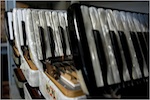
 With the iPad 2 coming out this week, it seemed like the perfect time to check out the latest iPad accordion apps. Believe it or not, this is actually a pretty active category — we found more than 25 apps for the iPad alone, and even more for the iPhone and iPod Touch.
With the iPad 2 coming out this week, it seemed like the perfect time to check out the latest iPad accordion apps. Believe it or not, this is actually a pretty active category — we found more than 25 apps for the iPad alone, and even more for the iPhone and iPod Touch.
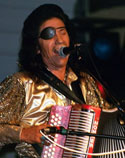 It’s a sad day for accordion and Tejano music fans; legendary accordionist
It’s a sad day for accordion and Tejano music fans; legendary accordionist 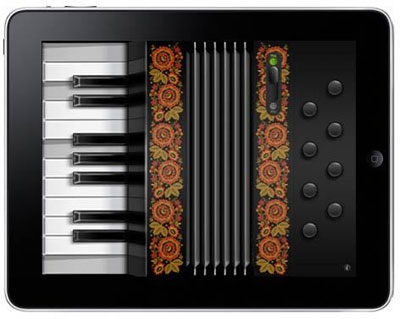
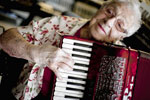 Forget the recession; running an
Forget the recession; running an